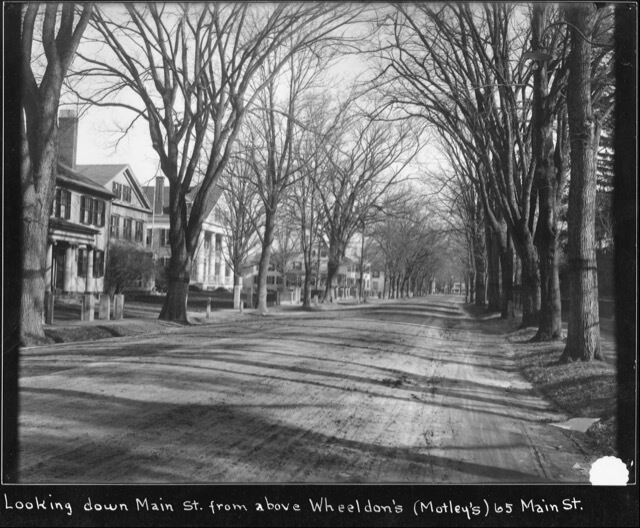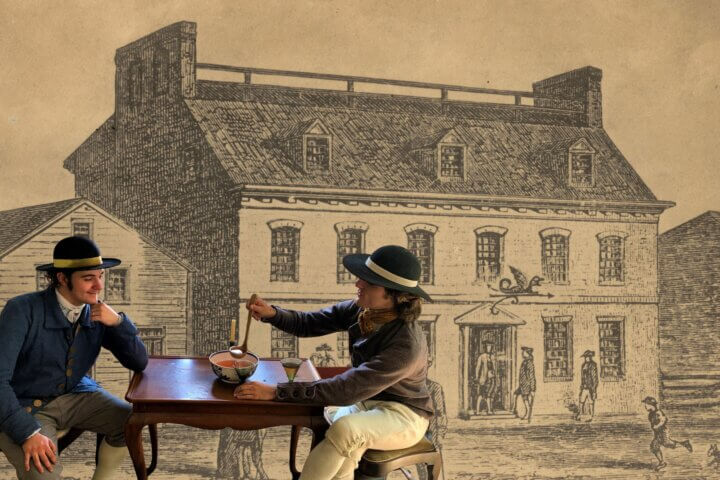By Brian Rosborough
Long ago in 1833, before Concord had Boards of Select Persons and Planners, long before the town had professionals at public works, natural resources, a town manager or a tree warden, our citizens planted trees to preserve the village character of Concord, to give the town presence, and to distinguish Concord from other places.
The Ornamental Society of Concord was established to plant trees. Forty-eight men joined the first year as members. Half agreed to plant trees; half agreed to pay $1 per day for their labors, worth $34 today. Acting together, Concord’s citizens planted 187 stately shade trees to line our rights of way along major roads and to ennoble our Town Center. (See Main Street from 1902). Most were elms that lived 100 years until the Dutch disease came to Concord. Then we overplanted white pines and Norway maples, which today some consider pests. Trees in fashion change with time.
Lately we have a slowly declining canopy, having removed over the last 20 years on average 120 to 150 public trees per year while only replacing on average 50 to 80 per year. That does not include private trees removed for bigger yards, more housing, better views, improved agriculture, wider-paved and complete streets to meet the demands of growth and commerce.
Meanwhile, here comes the sun.
The town’s election to plant 250 stately trees for our 250th is a timely action, a noble gift of shade to our successors while managing stormwater, nurturing biodiversity, cleaning our air and hopefully calming traffic.
But where should we plant these trees? Is it smarter to line our roads, to shade our commerce centers, to camouflage our parking lots, enrich our neighborhoods, or plant mini forest patches for kids at all schools? Do we have the right inventory of species and how might that change over 100 years of accelerating climate shift? When did the town last inventory our trees? Will these 250 trees have the right soils, adequate root room, and sufficient water for maintenance and should we budget to prune and fertilize our urban forest? What is the right selection of native and non-native species to ensure our protective canopy will be diverse, resilient, sustainable and affordable? Could we ‘rewild’ Concord or make it akin to a village arboretum by planting 250 trees year after year as recommended by the last Davey Tree Survey in 2017? Will more trees slow down the relentless onslaught of modernity? Could trees imaginatively planted preserve the village character of Concord as citizens intended in 1833? What have other towns done about their urban trees?
Peter Del Tredici planted and nourished most of the 6,000 trees in Harvard’s Arnold Arboretum for 35 years. On Wednesday, November 8 from 7 to 8 p.m., he will speak at Concord’s Free Public Library. Come welcome him and bring your questions.




